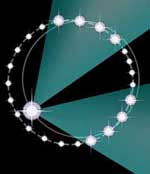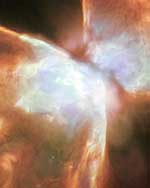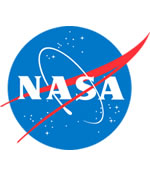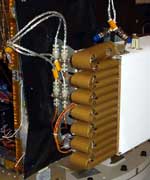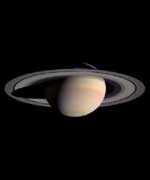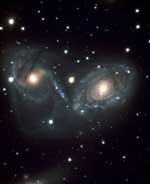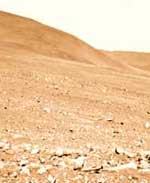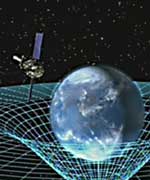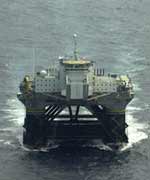
Image credit: Sea Launch
The Sea Launch team arrived at the launch site on the equator yesterday in preparation for the launch of the DIRECTV 7S broadcast satellite for DIRECTV Inc. on Tuesday, May 4, at 5:22am PDT (12:22:00 GMT), at the opening of a two-hour launch window. All systems are proceeding on schedule.
With launch site operations now underway, the marine crew has ballasted the Odyssey Launch Platform about 65 feet to ensure stability. The Sea Launch Commander (Assembly and Command Ship), will be stationed alongside the Odyssey, throughout the weekend, frequently connected by a link bridge that enables foot traffic between the two vessels.
The team will initiate a 72-hour launch countdown on Saturday, May 1. On the day before launch, the platform will be evacuated, with all personnel safely stationed on the ship, three miles from the platform, throughout launch operations. The rocket will be rolled out of its environmentally-protected hangar and automatically erected on the launch pad at L-27 hours.
Sea Launch?s Zenit-3SL vehicle will lift the 5,483 kg (12,063 lb.) DIRECTV 7S satellite to geosynchronous transfer orbit, on its way to a final orbital position at 119 degrees West Longitude. DIRECTV 7S, the second spot beam satellite in the DIRECTV fleet, will use highly focused spot beam technology to provide DIRECTV with the capacity to deliver local channels to 42 additional markets, expanding local channel coverage to a total of 106 markets. The satellite is also capable of operating from 101 degrees West Longitude, the primary orbital slot for DIRECTV. Built by Space Systems/Loral (SS/L) at their state-of-the-art manufacturing facility in Palo Alto, Calif., the 1300-series spacecraft is one of several high capacity direct-to-home (DTH) broadcast satellites SS/L has produced for DIRECTV, the leading U.S. digital television provider.
Sea Launch will carry a live satellite feed and streaming video of the entire mission, beginning at 5:00 am PDT (12:00:00 GMT). To downlink the broadcast, transponder coordinates are posted at: www.boeing.com/nosearch/sealaunch/broadcast.html
A simultaneous webcast will be posted at:
www.sea-launch.com/current_index_webcast.html
Sea Launch Company, LLC, headquartered in Long Beach, Calif., and marketed through Boeing Launch Services ( www.boeing.com/launch ), is the world?s most reliable commercial launch services provider. With the advantage of a launch site on the Equator, the proven Zenit-3SL rocket can lift a heavier spacecraft mass or provide longer life on orbit, yielding best value plus schedule assurance. Sea Launch offers the most direct and cost-effective route to geostationary orbit. For additional information, visit the Sea Launch website at: www.sea-launch.com
Original Source: Boeing News Release

